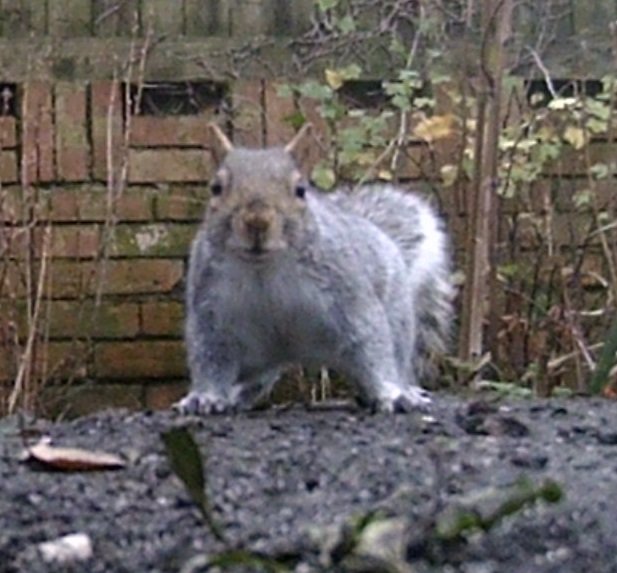Dark-edged Bee Fly (Bombylius major)
/I snapped this Dark-edged Bee Fly basking in the sunshine earlier in the week. These flies emerge in March and and are very fast fliers, unless you are lucky enough to catch one taking a rest. They lay their eggs in bees nests where the bee fly’s larvae eat the larvae of the bees. The long snout looks menacing, but it is just to take nectar from flowers. I didn’t see any at all last year as early Spring here was so miserable, so this one is appreciated!









































